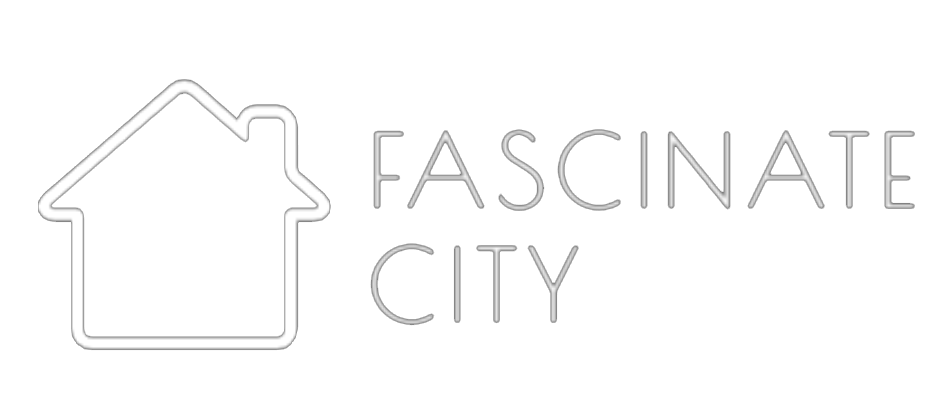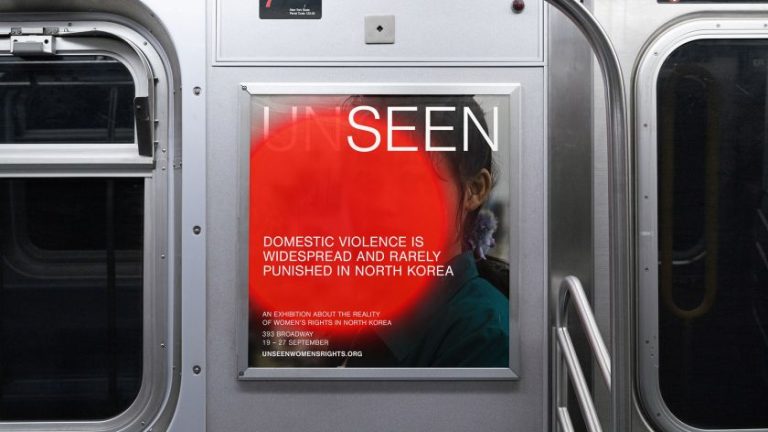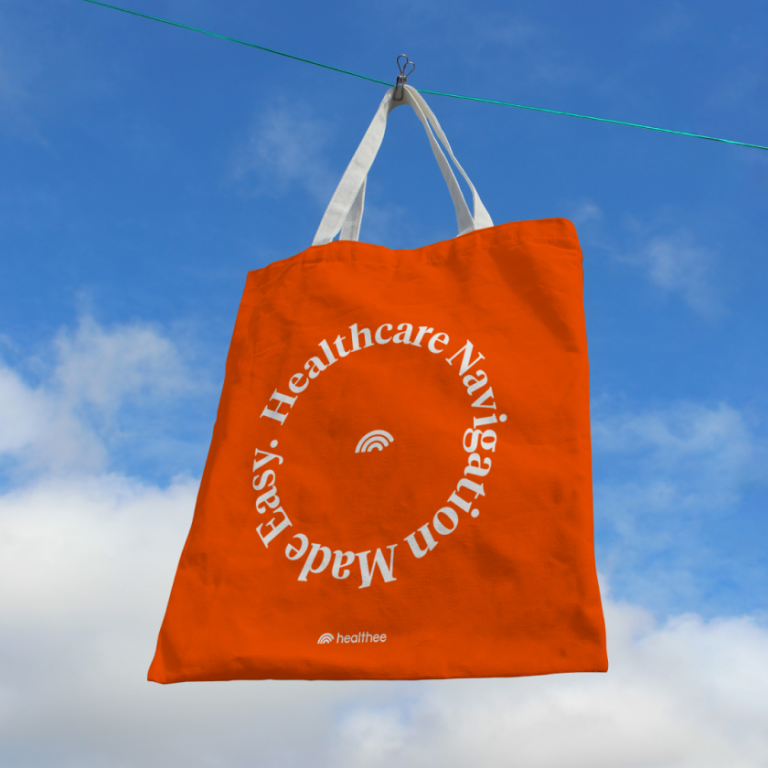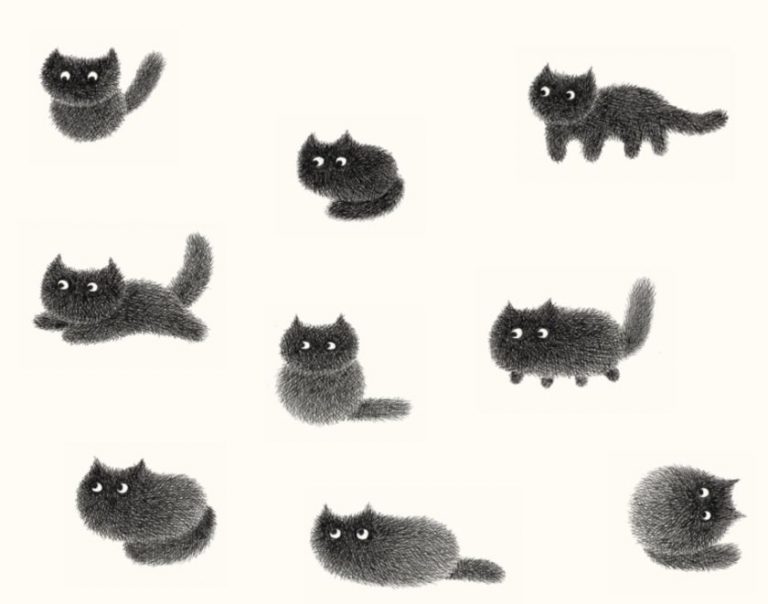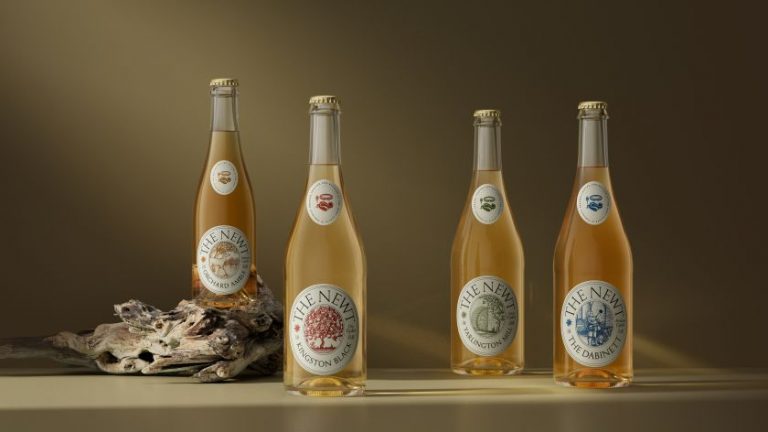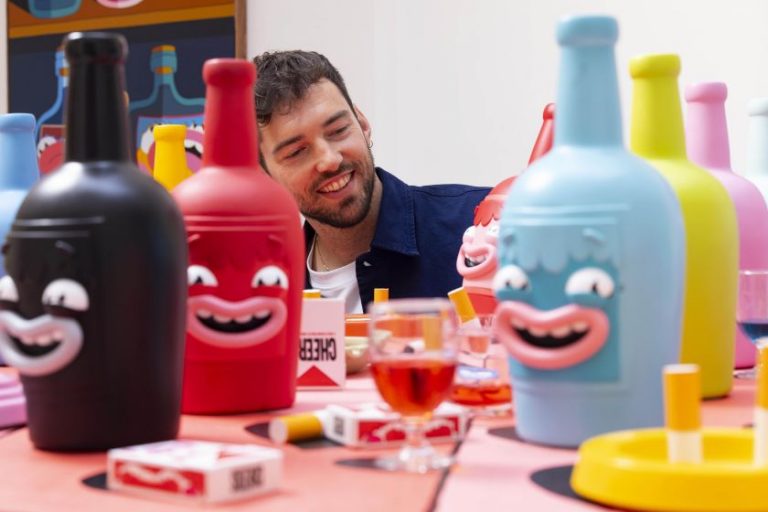For our Financial Transparency theme, Romanian illustrator and designer Adriana Danaila opens up about navigating pricing, unlearning limiting beliefs, and separating passion from income to build a career and life on her own terms.
For Adriana Danaila, a creative career hasn’t just been about developing her craft. It’s been about undoing years of inherited money mindsets. Based in Romania, Adriana has experienced firsthand the expectations placed on Eastern European creatives to undercharge and the unspoken tension between being seen as artistic, feminine, and financially ambitious.
Through trial, error, and the occasional five-figure month, she’s built a freelance practice rooted in self-worth, sustainability, and freedom. In this candid interview, she reflects on pricing as a practice, the advice she took from her carpenter uncle, and why her identity will never be defined by work alone.
How did you learn to navigate pricing, salaries, or negotiations in your field?
Mostly through a lot of trial and error, as well as books, courses, online deep-dives, and learning from fellow freelancers who were a few steps ahead of me. Pricing is the second most important skill after your craft, and I really wish I’d given it more attention at the start of my career.
I’ve gone through all the phases, from dry spells where I questioned everything, to five-figure months that felt surreal. But pricing isn’t a one-and-done thing. It’s a constant process, and I’m still learning.
Every couple of months, I take time to analyse my pricing and think about what influenced it, whether it’s still aligned with the value I bring, and how I can move things forward.
The market shifts, my confidence evolves, and so do my goals. So my pricing has to keep up.
Have you ever experienced pay disparity or financial challenges in your career?
Yes, quite a bit. Being Eastern European, I noticed early on that many clients expected me to charge less just because of where I’m based.
For a while, I went along with it, assuming that was just how things worked, and I didn’t question it much. Over time, though, as I grew more confident in my skills and the results I was delivering, I started to see things differently. I realised I didn’t need to price based on my location, but on the value I was bringing to a project.
That shift helped me find better clients and build a more sustainable freelance career.
What’s the best piece of financial advice you’ve received as a creative professional?
The best advice came from my uncle, who was a carpenter. Whenever someone offered him a job he didn’t want (due to the client, timeline, or bad vibes), he’d quote a ridiculously high price. The kind where he hoped they’d say no, and sometimes they did. But sometimes… they said yes.
That stuck with me. When I started applying the same logic – charging more for projects I wasn’t excited about – I was surprised how often clients still agreed. It completely stretched my mindset around what people are willing to pay.
In the cases where they didn’t, I was still happy, because at least they walked away knowing that the service could cost that much. In a small way, it helps normalise fair pricing for the rest of us in the industry.
How do you balance making a living with doing work that feels meaningful?
For me, work is work. I don’t attach my identity to it, and I don’t believe in the whole “follow your passion” mantra — at least not when it comes to making money.
In my work, I focus on being great at what I do and delivering real results. That’s where I get my sense of professionalism and pride.
But when it comes to meaning and passion? That lives in the rest of my life. I’ve built a lifestyle filled with dance, acting, travel, sports, pet sitting, family, and close friends.
That’s what gives my life depth — not just my job.
I’m working to earn money so I can have more freedom, time, and energy for the things that actually make me feel alive.
